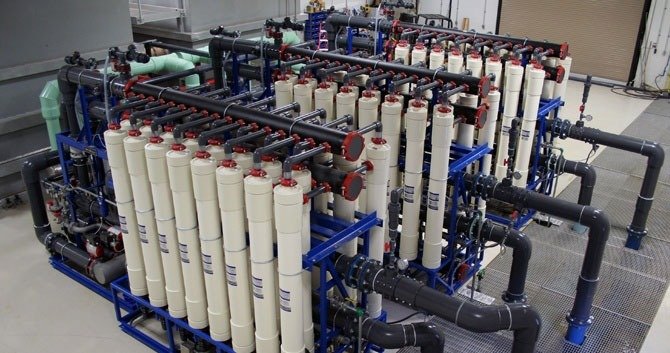Microfiltration (MF) is a pressure-driven separation process, which is widely used in concentrating, purifying or separating macromolecules, colloids and suspended particles from solution. MF membranes typically have nominal pore sizes on the order of 0.1–1.0 μm. MF processing is widely used in the food industry for applications such as wine, juice and beer clarification, for wastewater treatment, and plasma separation from blood for therapeutic and commercial uses. In biotechnology industries, MF concerns applications such as cell recycle and harvesting, separation of recombinant proteins from cell debris, and purification of process streams.






